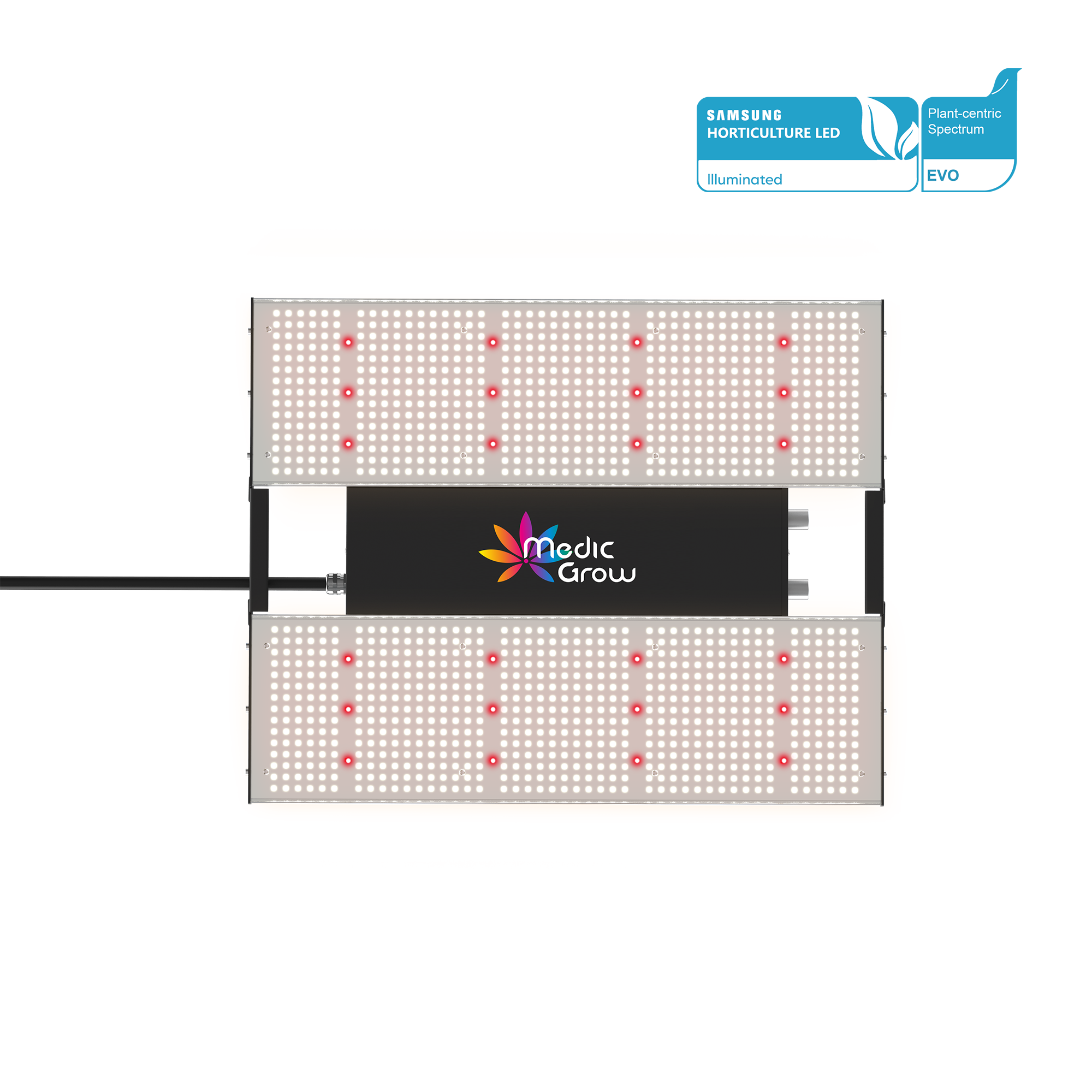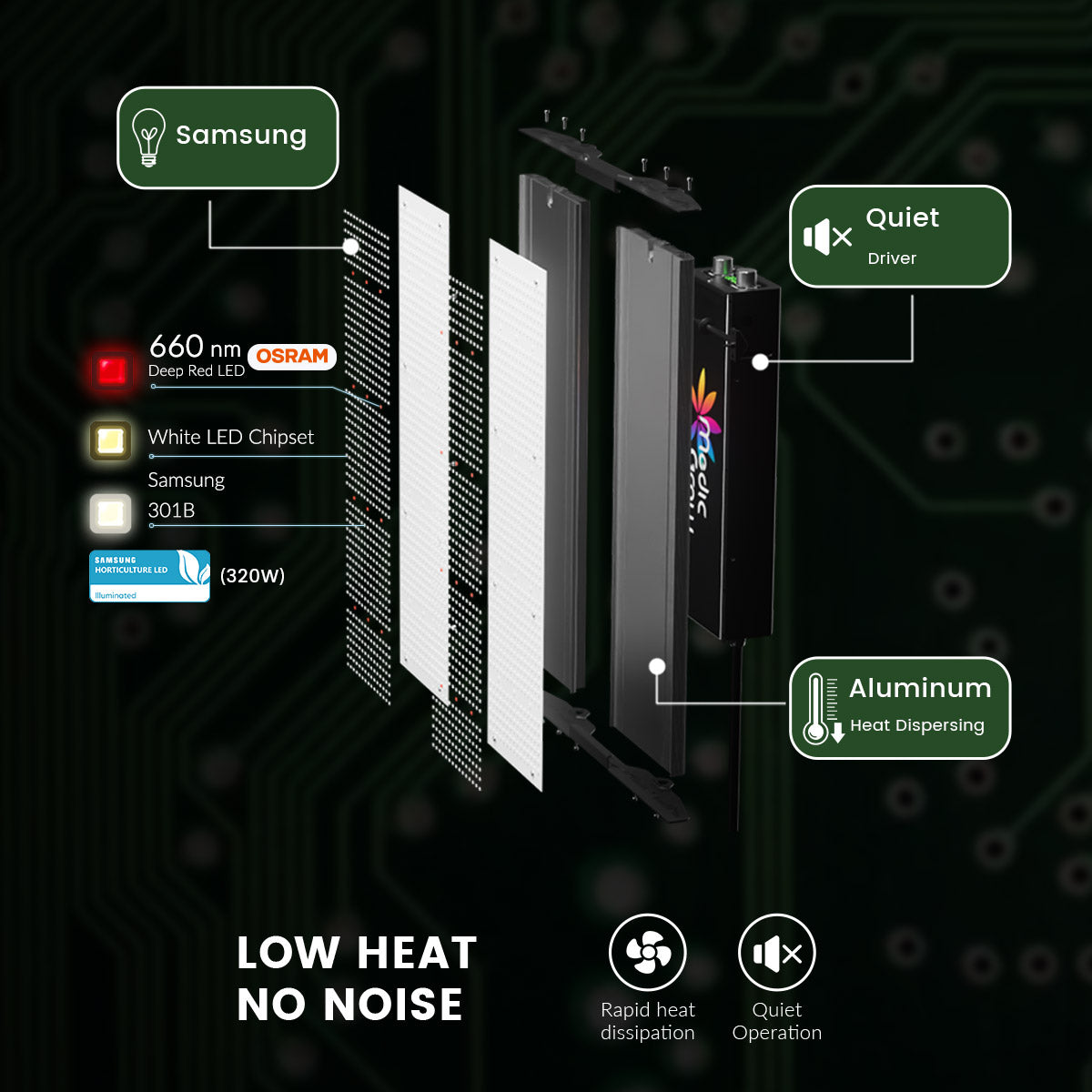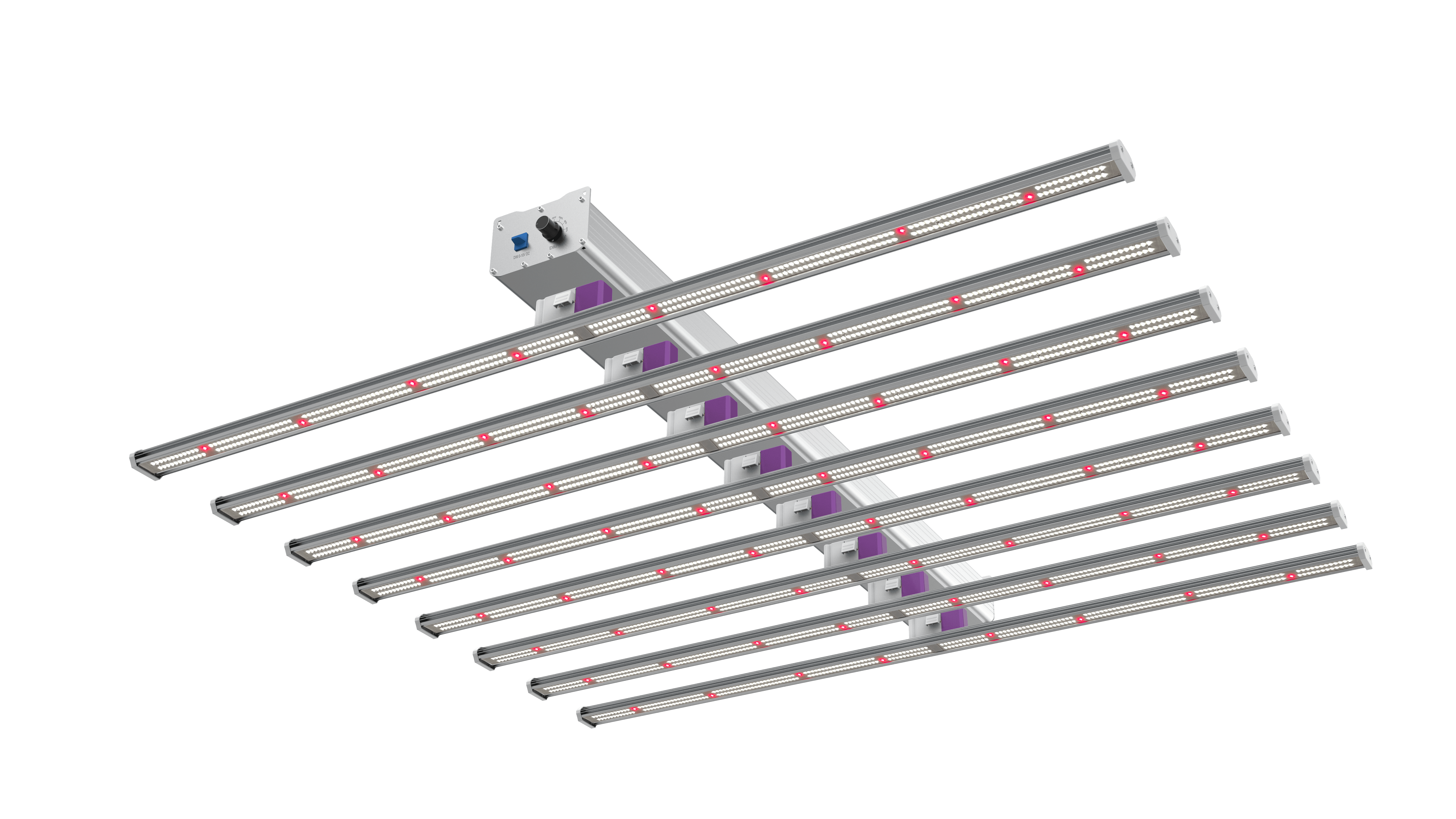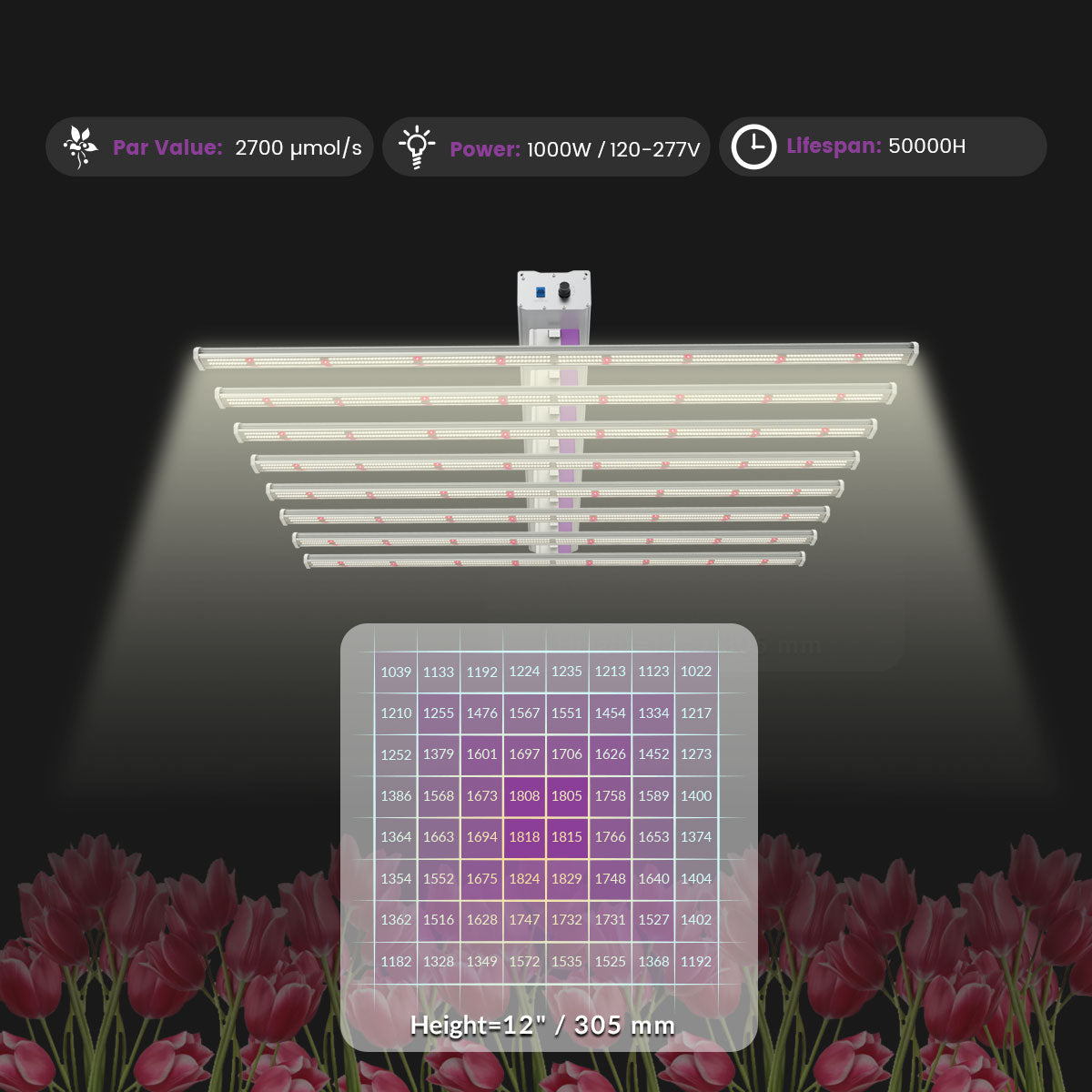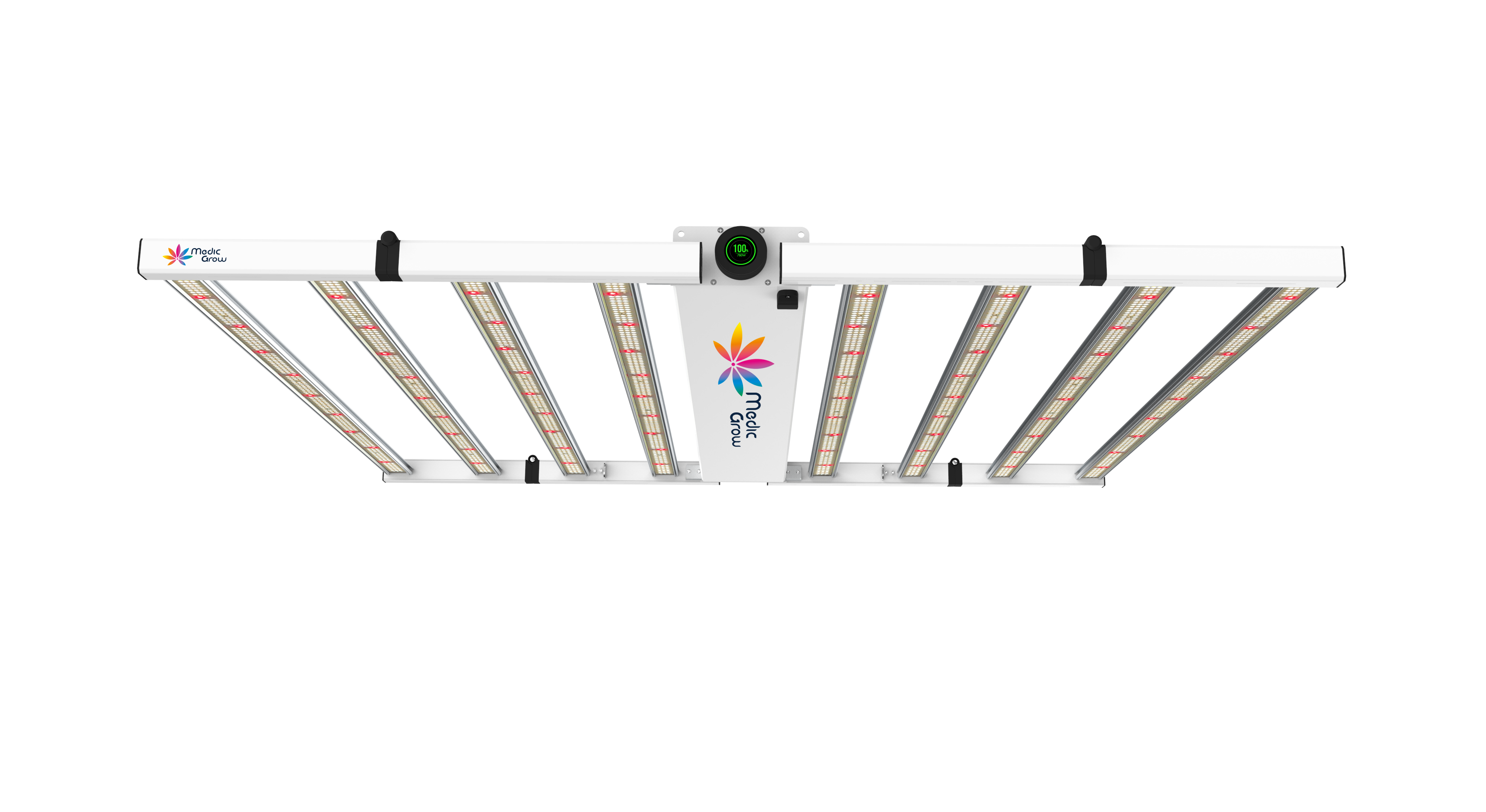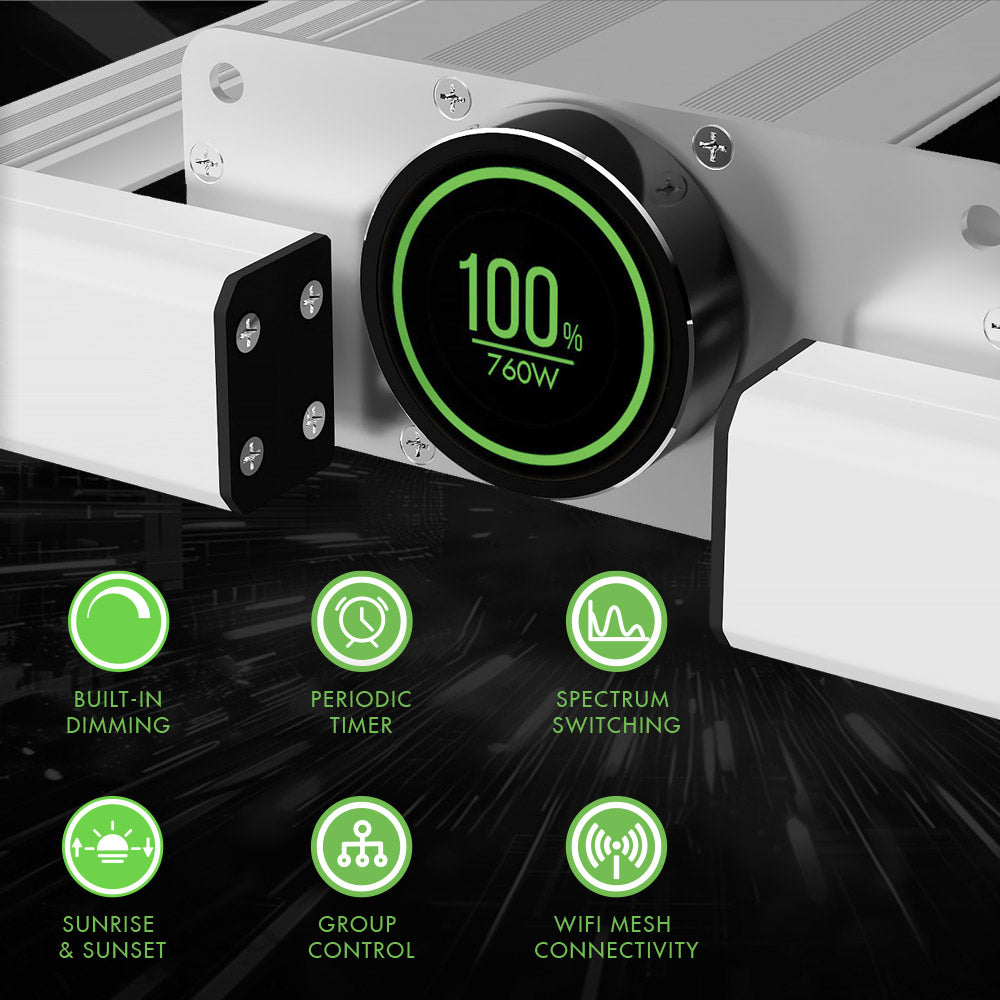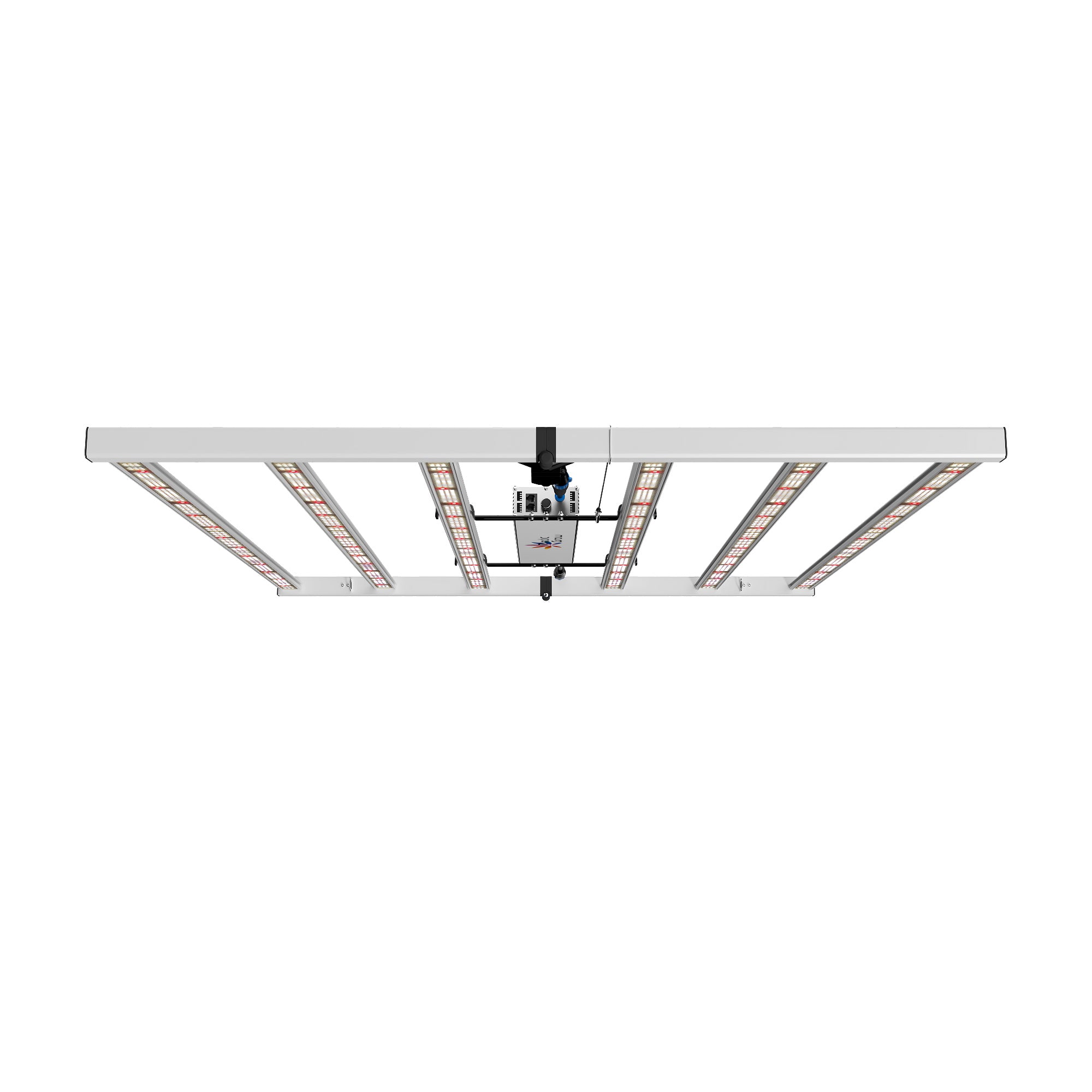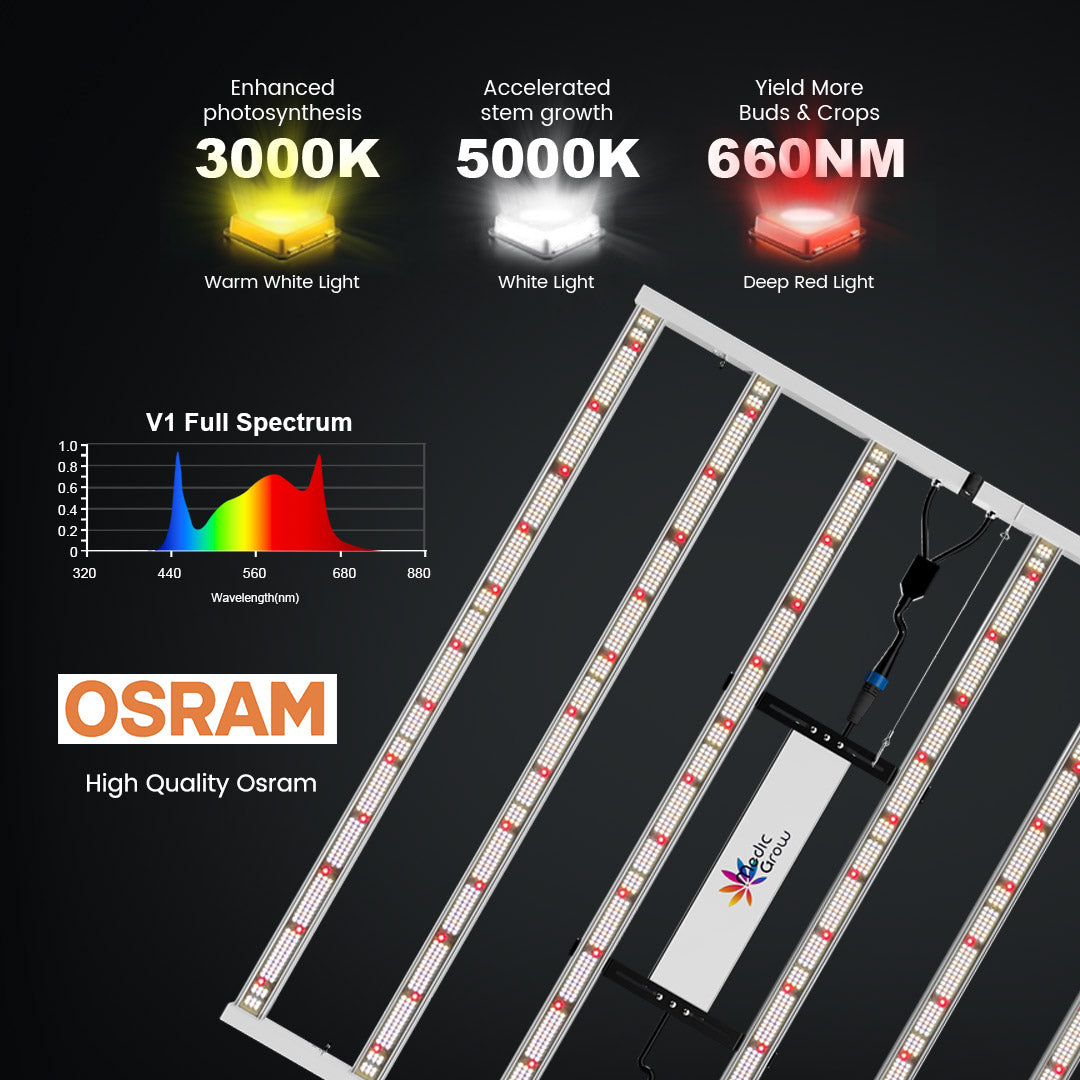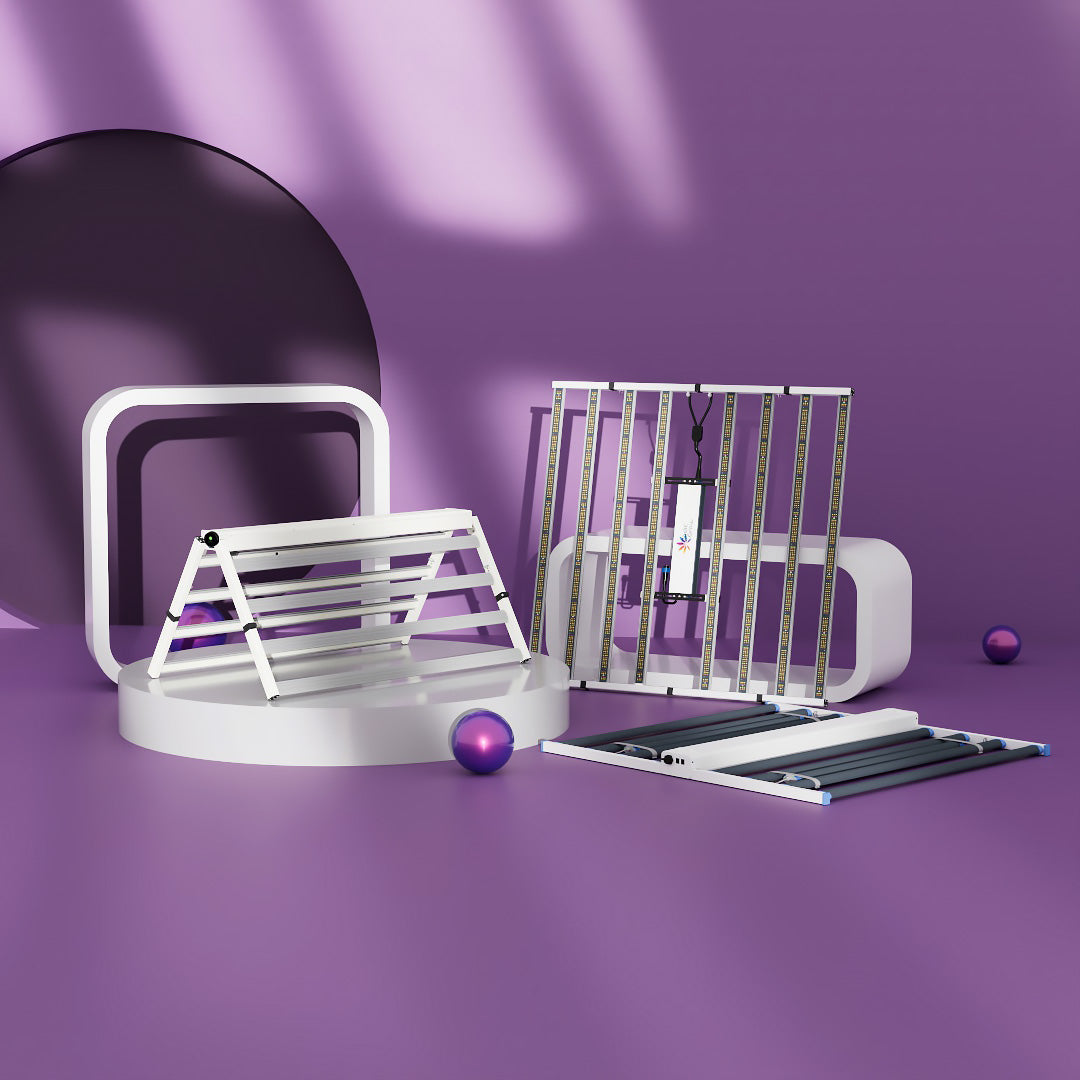新订户可享受9% 折扣

“Why October Is the Turning Point for Indoor Growers”
“Why October Is the Turning Point for Indoor Growers”
October marks the true beginning of the high season for indoor and greenhouse cultivation. As daylight hours drop rapidly across the Northern Hemisphere, plants receive up to 30–40% less natural light compared to midsummer — which directly impacts growth rates, flowering, and yield.

For professional growers, this month isn’t just about maintaining production — it’s about maximizing control. Supplemental lighting becomes essential to keep photosynthesis steady and ensure consistent results despite shorter days.
At Medic, we’ve been tracking the shift in lighting demand since August. Growers from Canada to Germany are reporting that light intensity inside greenhouses has dropped below 200 μmol/m²/s on cloudy days, far below the ideal range for productive crops like tomatoes, herbs, and ornamentals.
💡 Here’s what this means for your grow:
-
Consistent DLI (Daily Light Integral) – Even when natural sunlight fades, Medic’s high-efficiency LEDs maintain optimal DLI for vegetative and flowering phases.
-
Energy Optimization – Our adaptive dimming systems automatically adjust output based on real-time light sensors, cutting unnecessary energy waste.
-
Crop Quality & Uniformity – Uniform light distribution ensures balanced canopy development, preventing weak growth in shaded zones.
-
ROI Advantage – Compared with legacy HPS fixtures, Medic’s LEDs reduce energy costs by up to 45% while increasing yields by 10–15% in controlled trials.
As we enter Q4, this is the time to evaluate your lighting strategy. Medic’s smart lighting systems don’t just provide photons — they provide predictability.
🔗 Tip for growers: Track your light levels weekly. If your natural PPFD drops below 200, it’s time to turn on supplemental lighting full-time.
特色产品
博客文章

🌱 Are You Really Choosing the Right Plant Grow Light?

- led grow light
💡 Top + Bottom Grow Lights: The Future of Precision Cultivation
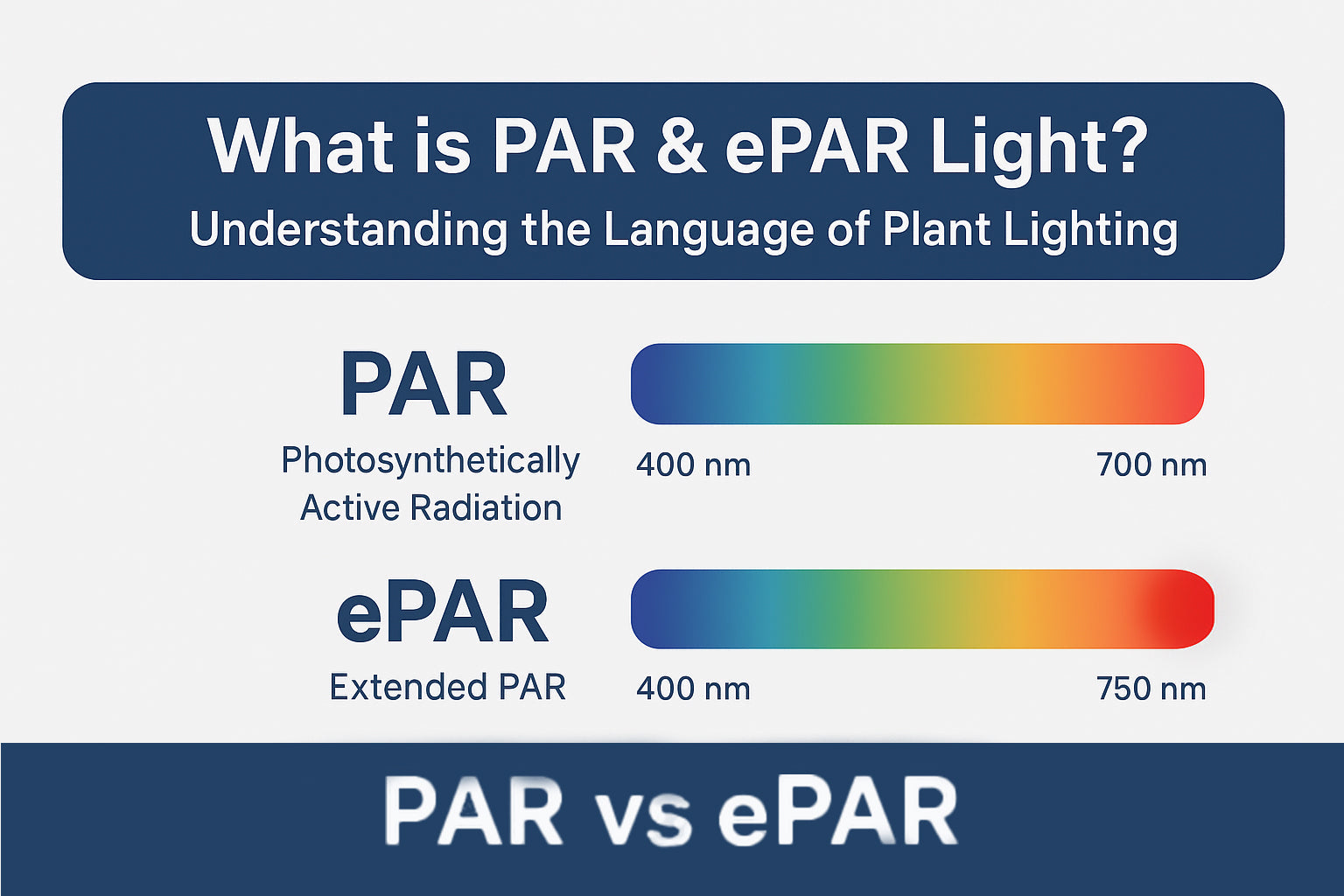
- hang grow light
🌿 What is PAR & ePAR Light? Understanding the Language of Plant Lighting
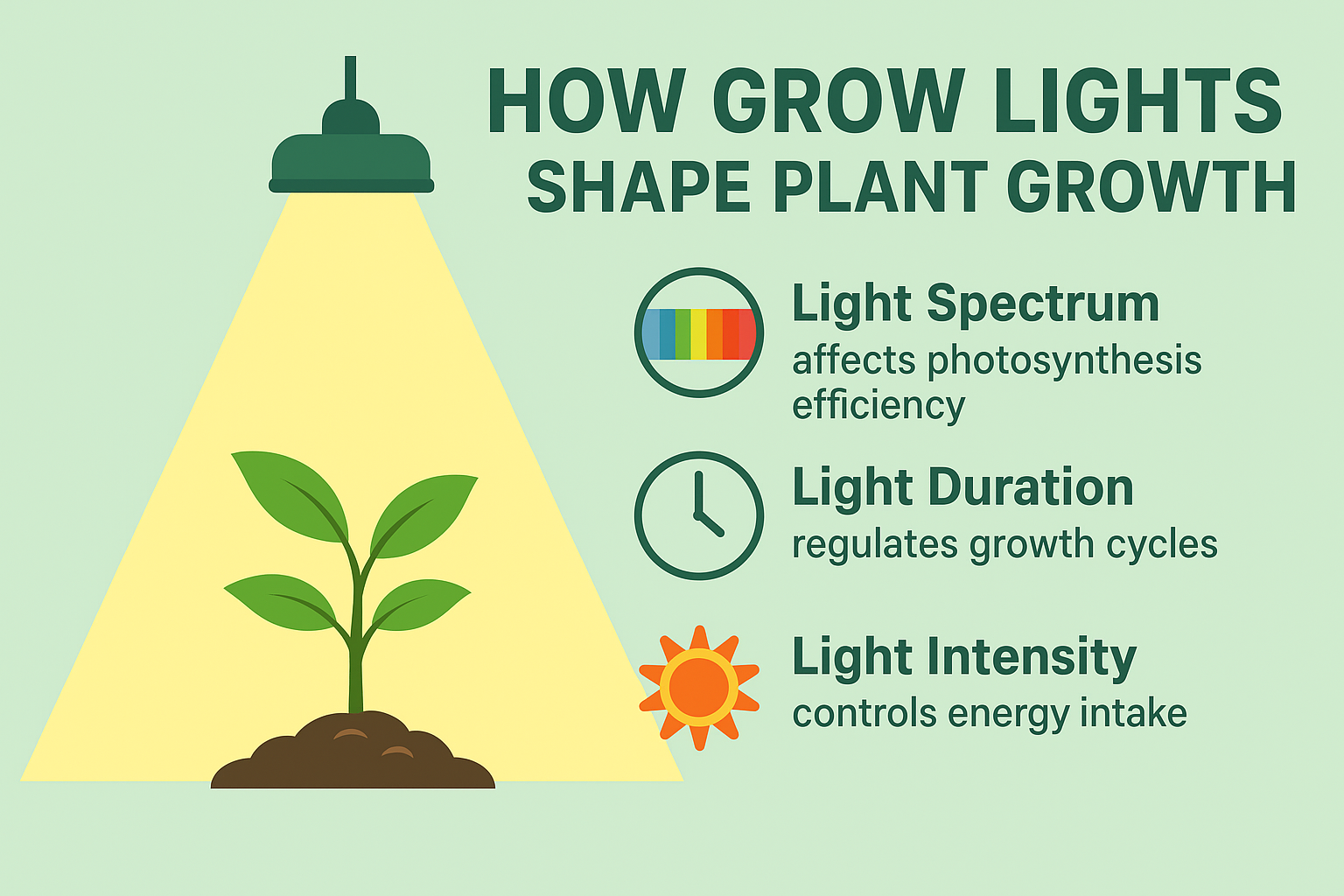
How Grow Lights Shape Plant Growth — More Than You Think! 💡
如有任何想法请联系我们!
- 选择一个选项会导致整个页面刷新。
!















